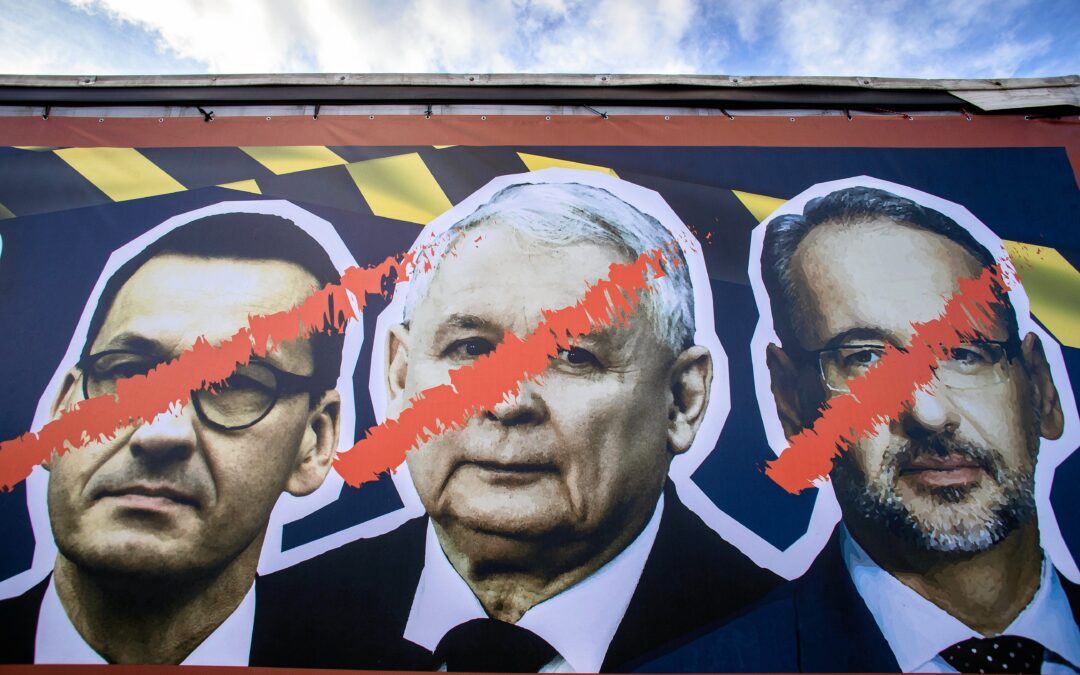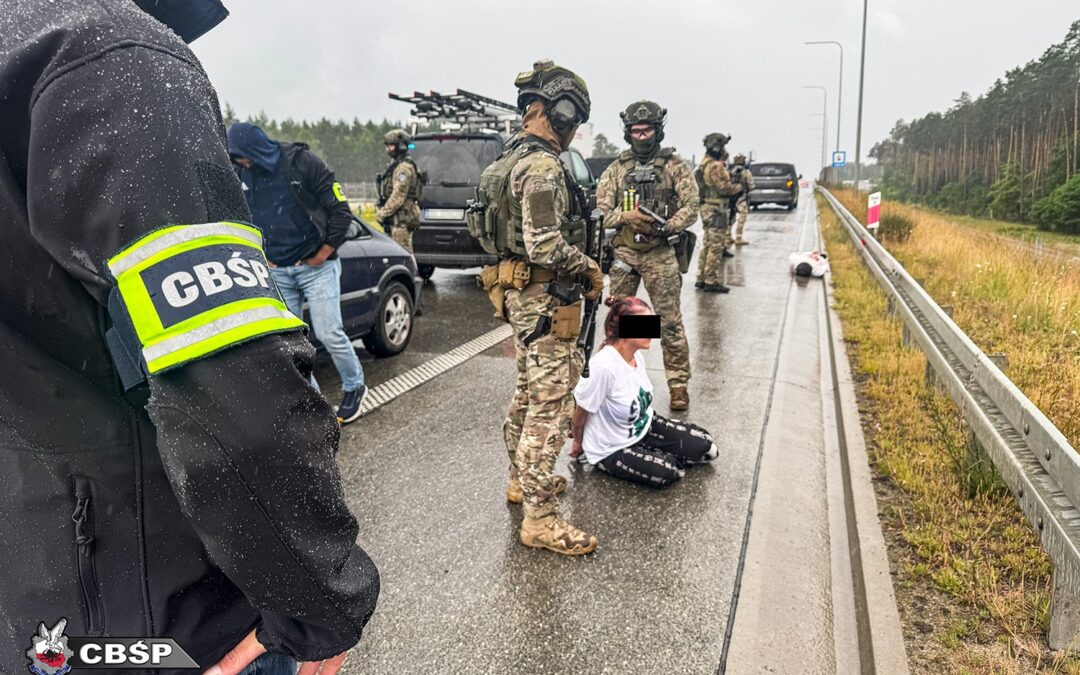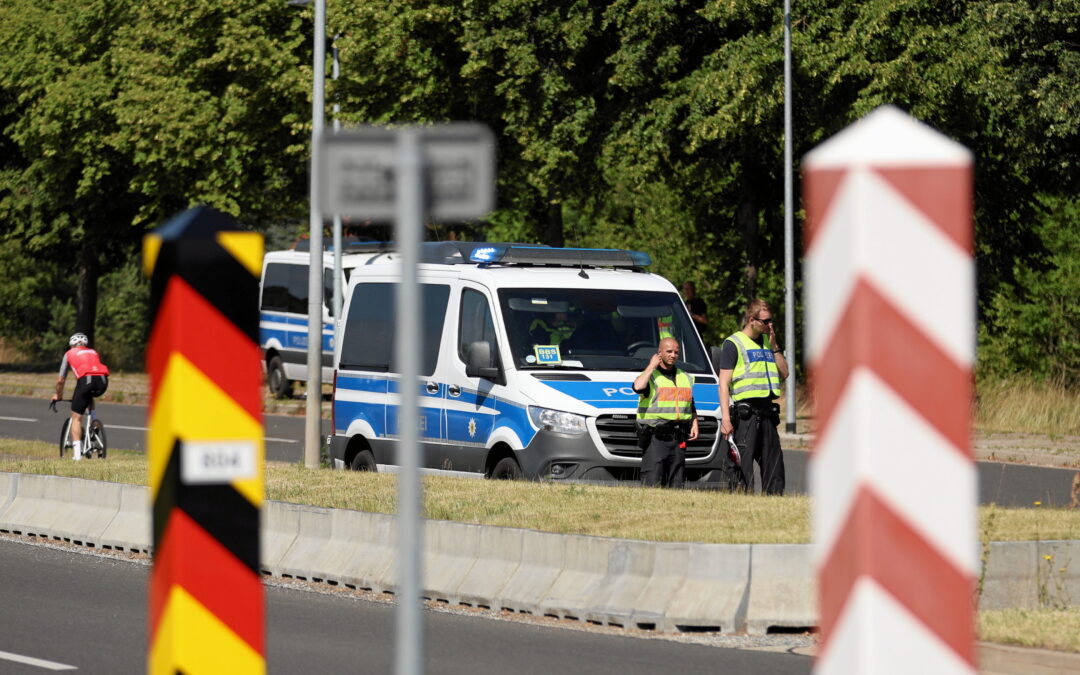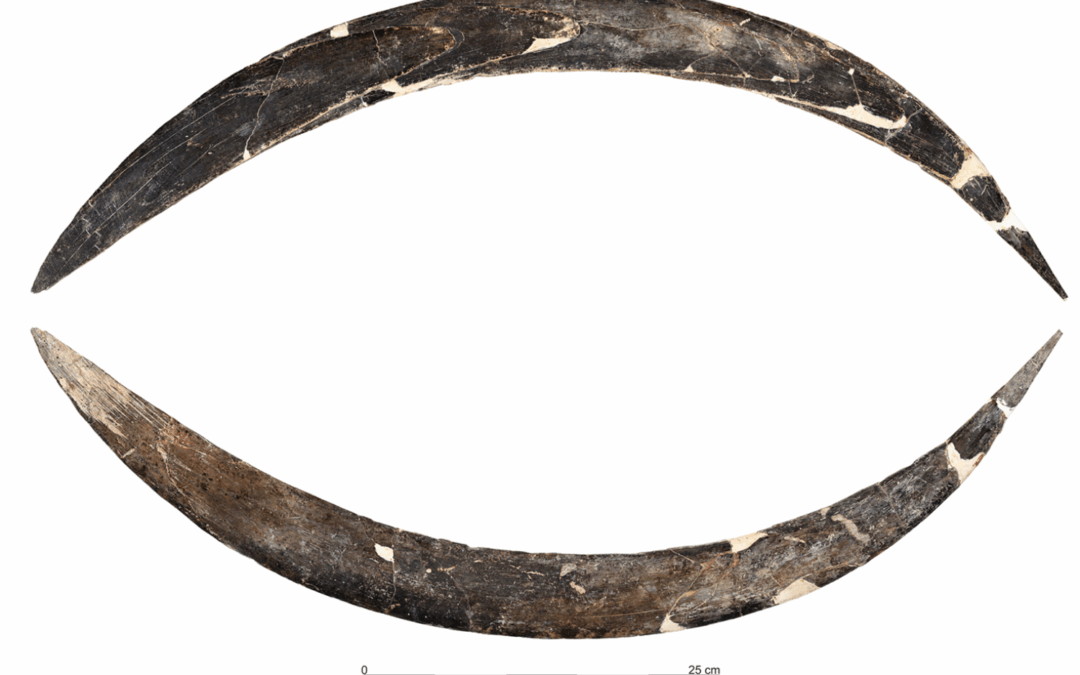By Piotr Trudnowski (published in cooperation with the Jagiellonian Club think tank)
“We received a lot but we deserve more,” said Jarosław Kaczyński on the evening of the last parliamentary election in 2019. There were three reasons for the ruling Law and Justice (PiS) party chairman’s dissatisfaction with the results, despite winning a second term.
First, they were worse than pre-election polling had suggested. Second, Zbigniew Ziobro and Jarosław Gowin’s parties – PiS’s junior coalition partners – had done better than PiS had forecast, which has subsequently caused frequent hiccups in the government.
The third factor is that Kaczyński’s worst fears were realised. Since 2007 he had been ensuring that – in a famous phrase – “only the wall” was to the right of his party. In 2019, however, Confederation (Konfederacja) not only passed the election threshold, gaining almost 7% of the vote, but did so with a high turnout, with a solid 1.25 million people voting for them. The following year, Confederation’s candidate Krzysztof Bosak repeated this result in the presidential election.
Confederation is a “technical formation”, de facto currently a coalition of four separate groupings: the National Movement (Ruch Narodowy), Janusz Korwin-Mikke’s KORWiN, Grzegorz Braun’s Confederation of the Polish Crown, and the Libertarians (Wolnościowcy, a splinter group from Korwin-Mikke’s party).
Currently, the umbrella party’s average polling support (based on the Politico poll of polls) is hovering around the 5% threshold needed to enter parliament. It is worth mentioning, though, that the party consistently recorded similar support before the 2019 elections, and its ultimate result turned out to be much better.
Confederation’s highest level of support in polls came at the beginning of this year, with around 10% as a result of the bungled introduction of the Polish Deal tax changes and the party’s consistent anti-Covid line. It began to fall only with the Russian aggression in Ukraine.
Winter will bring troubles for PiS and hopes for Confederation
The coming months are very likely to again put wind in Confederation’s sails.
Autumn and winter will be marked by the economic and energy consequences of the war in Ukraine and the West’s sanctions. Painful problems could put some Poles off their otherwise fundamentally hawkish policy towards Russia. Anti-government moods naturally often benefit anti-establishment parties.
The likely outbreak of negative emotions in society could rebound not only against the policy of supporting Ukraine, but refugee policy and Ukrainians themselves. Finally, if any pandemic restrictions return, in the inevitable backlash Confederation will be their most credible critic.
The coming months will also be a difficult test for the ruling camp. PiS is beginning a new, exceptionally difficult political season from a very unfavourable position. Average support for Kaczyński’s party, 35-36%, is around the historical low of recent years. The difference in polling between PiS and Civic Coalition (KO), the largest opposition group, is also smaller than it has been for a long time.
The only times PiS was in such a bad situation were in autumn 2020, after the outbreak of protests regarding abortion following the Constitutional Tribunal ruling, and in January this year, when the Polish Deal was introduced.
On those occasions, however, the lows followed crises. Many signs now suggest that a testing time for the government lies ahead, and further falls seem highly likely. A harbinger is the latest CBOS poll on trust in the government. The number of opponents of Mateusz Morawiecki’s government has just reached a historical high, growing by 7 percentage points month on month.
Worse news for the ruling party is that it is hard to see any strategic reserves it can call upon. The economic situation and huge costs of subsidising energy bills make it impossible to launch any spectacular new social transfers.
Efforts to reactivate ideological polarisations undertaken on Kaczyński’s tour of Poland with statements about trans and non-binary people fizzled out. I also have major doubts about the possibility of an effective campaign focusing on military, European and anti-German issues.
All this means that PiS must use all methods to maximise gains and minimise losses. It is therefore left with mobilising its core electorate, potentially changing the rules of the electoral game to its benefit and seeking to take voters away from its rivals.
Tactical errors by Szymon Hołownia and Władysław Kosiniak-Kamysz, leaders of two opposition parties, have taken transfers between Kaczyński’s party and those of the wide-ranging “opposition left of PiS” out of the equation. The only real competitor for PiS today is Confederation.
Scenario 1: Change the electoral system and push Confederation under the threshold
The expected regrouping in the government camp indicated by the dismissal of Jacek Kurski as head of state broadcaster TVP could mean that they are tightening their course and throwing all hands on deck.
It is Kurski who has the key not only to Kaczyński’s mind, but also to the hearts of the ruling party’s most steadfast electorate. Furthermore, according to some well-informed commentators including Marcin Palade, Kurski is the main supporter of changing the electoral system to 100 districts (from the current 41).
What does a change to the electoral system mean in practice? More or less the same as the attempt to change the voting system to the European Parliament in 2018, blocked on the initiative of the Jagiellonian Club by a veto by President Andrzej Duda). It means a radical increase in the real election threshold and gradual transformation resulting in a Polish political scene with two or three blocs.
The most obvious victim of a change to the system will be Confederation. The Polish People’s Party (PSL) and The Left (Lewica) have coalition capacity and can either form the “third bloc” with Hołownia’s Poland 2050 or appear on Tusk’s list.
Faced with machinations from PiS regarding election rules, this will be swallowed by the majority of the electorate not keen on a “joint list”. Moreover, support for these two parties varies by district.
There is no doubt that PSL and The Left would be victims of the new system, but they would have the chance to fight for a certain pool of seats. Confederation, meanwhile, neither has natural coalition capacity, not does its support structure guarantee seats even after clearly passing the election threshold.
PiS can therefore try to wage an intensive campaign based on “not wasting your vote”. At the same time, by displaying an increasingly Eurosceptic and anti-German course, it will seek to attract more nationalist voters, and perhaps even Confederation’s activists and politicians.
Even if these actions do not bring benefits in the form of transfers for the 2023 elections, the lack of representation in the Sejm will weaken Confederation to the extent that it will no longer be a threat to Kaczyński’s party.
If PiS enters opposition, it will certainly take steps to avoid competition among opponents of a multi-party government. Kaczyński will in theory again be able to lean safely against the right wall.
Scenario 2: Change the system and cosy up to Confederation
The alternative is another variant – probably much less likely, but perhaps analysed by at least some PiS politicians and strategists.
This is a situation in which the electoral system is changed and PiS, aware of the existential threat to Confederation, proposes to most of its leaders that they join the ruling United Right camp. It is easy to imagine that, after getting rid of the most controversial, pro-Russian and compromising figures (Braun and Korwin-Mikke), most remaining leaders of both the nationalist and the libertarian factions would be acceptable for Kaczyński.
This scenario today seems very far-fetched because of the political experience and ideology of some Confederation members as well as the moods of the party’s voters, which I will come to later. However, an alteration in the electoral system will be such a serious, even existential threat to their milieu that the situation could change.
Furthermore, let us reiterate that a potential change to the electoral system will lead us towards a two-bloc political scene. A defeat for PiS in 2023 and Kaczyński’s retirement are highly likely to cause tectonic movements in the centre right.
All of this could mean some politicians wanting a part in the contest for the future face of the Polish right. Not from the position of an external radical grouping, but an internal stakeholder in a “big tent” project.
It is possible, of course, that PiS will seek to combine the two variants, dividing today’s Confederation and inviting part of it onto their own lists while also changing the electoral system to guarantee that “non-collaborating” members do not clear the threshold.
Scenario 3: Break up Confederation, support the alternative
The first two scenarios have a chance of taking place if the electoral system does indeed change. This is not certain. The government camp is undoubtedly yet to make a final decision.
There is a good chance that President Duda will veto any new electoral law – his colleagues recall the veto from 2018. At a meeting with representatives of smaller parties then, the president declared that he would certainly veto a similar law on national elections.
PiS might therefore be even keener to push Confederation under the threshold. This could be done using many different methods, but each boils down to the same thing – dividing potential nationalist-libertarian, anti-system and so-called protest voters. Again, it is possible that the variants could be mixed.
First, a rupture could take place within the community even without outside interference. The divisions are real. Korwin-Mikke and Braun’s radical statements encumber Confederation for some voters. Second, an alternative nationalist list could appear, for example linked to Robert Bąkiewicz. Third, alternatively a group of nationalists (both those linked with Confederation and more distant ones) could broaden the United Right and find themselves on PiS lists.
Fourth, the same groups could end up on a different, new list. Fifth and finally, one cannot rule out an attempted list built around post-pandemic or anti-vax movements, perhaps organised around the mayor of Siemianowice Śląskie, Rafał Piech. This too could attract some of Confederation’s voters, and maybe also its activists.
Of course, independent electoral success is unlikely for such political projects. Yet just one of them registering lists throughout Poland, getting media exposure and causing controversies could be enough to gain enough interest to strip Confederation of the one or two percentage points needed to cross the threshold.
The beneficiary in electoral (premium for the winning party for votes “under the threshold”) and political terms (removing right-wing competition from the Sejm) will be PiS. With radicalisation of public moods likely in the coming months, such a manoeuvre could have a chance of success.
"Jews are behind the pandemic," chanted the crowd at an anti-vaccine protest in Poland.
Separately, the far-right Confederation party, which sits in parliament, shared a video of a supporter saying she “does not want Jewry” in Poland https://t.co/XzqIDGzQU3
— Notes from Poland 🇵🇱 (@notesfrompoland) July 19, 2021
The Confederation voter is different than the liberal media think
Bearing in mind the stakes of the next election, we can expect PiS to take up the gauntlet of marginalising Confederation and taking away its electorate directly or indirectly. The problem is that Confederation’s electorate looks different from the mainstream media perception.
Both the party’s electoral decisions in the second round of the 2020 presidential election and numerous small studies (such as the exceptionally high support for continuing anti-government protests in November 2020) show that they have little in common with the public image. These are by no means radical right-wingers and orthodox Catholics.
In broad and heavily simplified brush strokes, I would portray them as a combination of three groups: the young protest electorate (also clearly critical of PiS), the “common sense” electorate more reminiscent of Civic Platform’s early voters (again, critical of PiS), and voters of the ideological right (not necessarily likely to support Kaczyński’s party any time soon). There is no reason to think that a large majority are easy for PiS to snap up.
Recent years have frequently shown that neither opposition politicians left of PiS nor the mainstream media understand the nature of the Confederation electorate. The key question is whether Kaczyński’s party’s politicians and strategists have a better grasp of the nature of the voters of their only real political competition.
It might well turn out that attempts to neutralise them will not bring Kaczyński new votes. What it is very likely to do is help fulfil the PiS chairman’s eternal dreams – to remove the alternative on the right.
The original version of this article can be found here. Translated by Ben Koschalka.
Main image credit: Roman Bosiacki / Agencja Wyborcza.pl





















